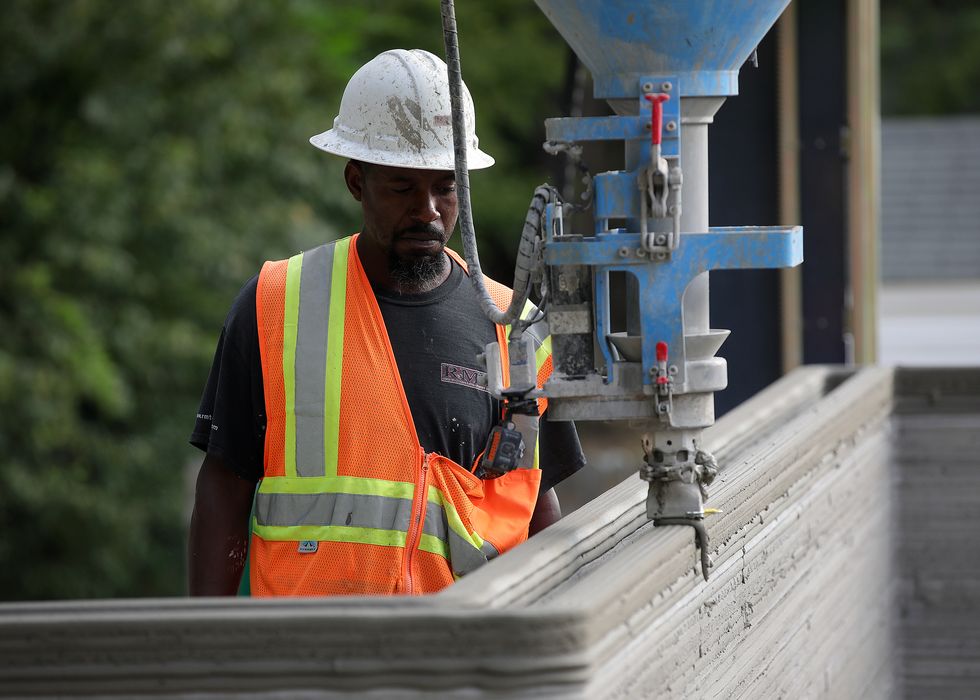
COBOD has released some startling statistics about 3D printed buildings.
The Danish company is one of the leaders in the construction 3D printing business, having undertaken many projects with partners to print buildings with their massive BOD 2 3D printer.
There are a couple of larger players in the space, notably ICON and COBOD, with plenty of smaller groups also at work on construction printing tech. Many are regional based, as one might expect with building trades.
The larger players work with established building partners in local areas to leverage their technology.
But one question has had few answers until I saw some stats from COBOD: exactly how much construction 3D printing is actually happening?
We see periodic announcements from various players talking about specific projects, and especially projects that haven’t yet taken place. But what is the ground truth here? How many 3D printed buildings actually exist?
It turns out the answer, as of this writing, is 130.
That’s according to statistics collected by COBOD. They break down the totals by region:
| Region | 3D Printed Buildings |
| Europe | 22 |
| Asia | 28 |
| Middle-East | 17 |
| North America | 41 |
| Latin America | 5 |
| Africa | 17 |
| Total | 130 |
Of these 130 buildings, COBOD has been involved in producing 40%, or 52 of them. However, those figures are the all-time totals. If you look at 2022 buildings, then 55 were printed, and COBOD was involved in 31, or 56%. That’s a good sign for COBOD.
It also suggests the other players may be slowing down over time, while COBOD (and probably ICON) could be ramping up. Industries do tend to coalesce around a few specific solutions, while other smaller players eventually fade away.
The construction 3D printing business is still utterly new, and as you might have noticed, the total of 130 prints is a microscopic fraction of all the buildings made during that period. There is a very, very, long way to go. We are at the earliest stage of technology adoption in this niche.
COBOD and similar companies will have their work cut out for them to persuade building companies to take on the technology, in much the same way as aerospace, automotive and dental industries have done. Those industries took many years to finally adopt the technology, and the same will be true with construction 3D printing.
While much has been said about the costs and speeds of construction 3D printing, I have to believe that another driver will be design. These construction 3D printers are able to easily produce highly innovative building designs that would be financially infeasible using other methods. If architects were to deeply adopt these design techniques, perhaps with new and innovative software tools, then we could see another boost in the use of construction 3D printing.
Via COBOD
